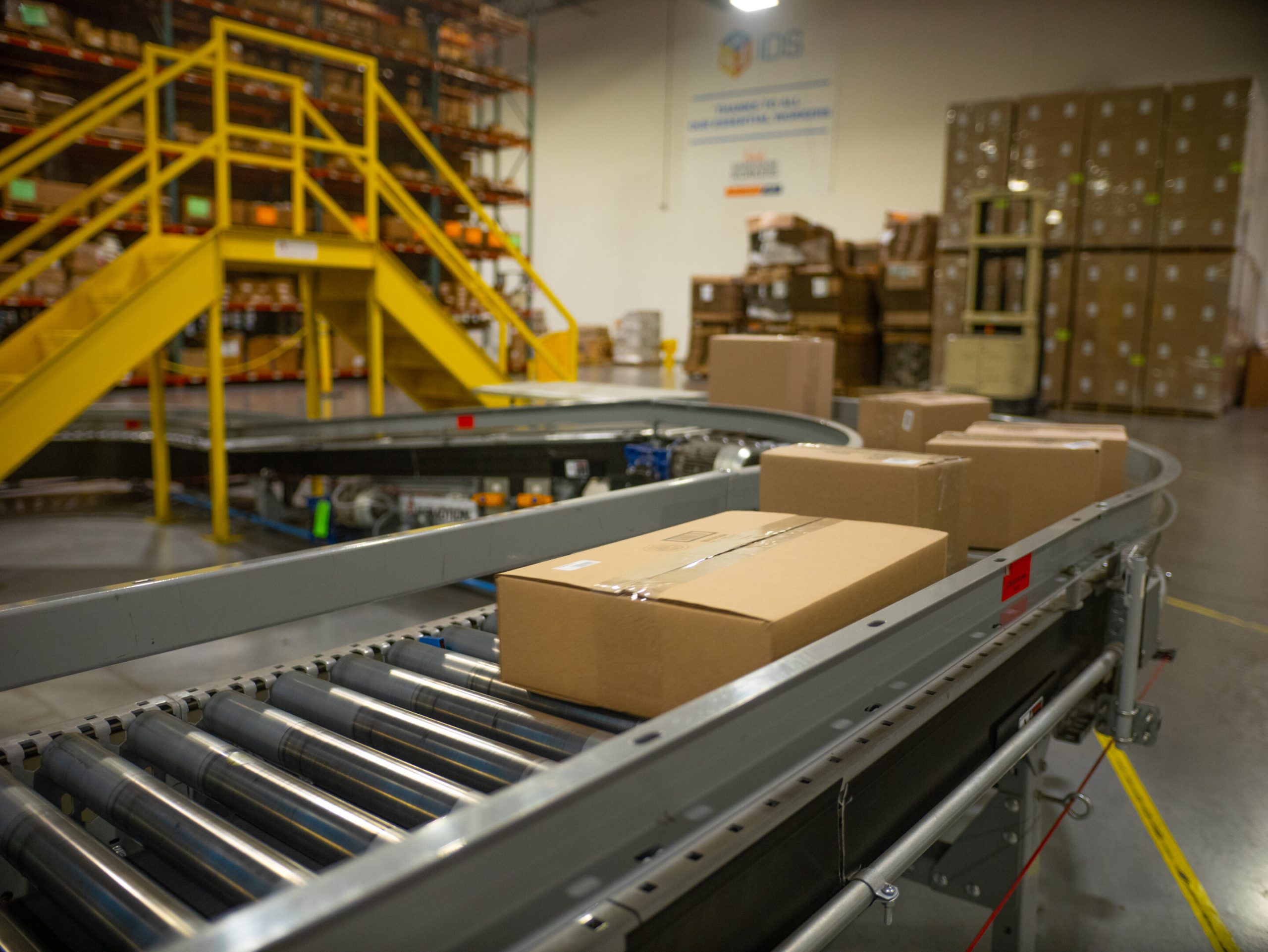Most fulfillment failures don’t start with a missed shipment.
They start with something small: a mislabeled box, a missed handoff, or a system delay no one flagged.
At first, it’s just a little friction—until it snowballs into late orders, chargebacks, rising customer complaints, and strained teams. And when no one knows where the issue started, it’s even harder to fix.
This article helps you spot common blind spots inside your fulfillment operation before they cost you customers or erode your SLA performance. You’ll learn where small mistakes often hide, how to uncover them, and what changes create faster, more accurate execution at scale.
The fulfillment mistakes you won’t see—until they create bigger problems
Many fulfillment teams focus on what’s visible—pick speed, ship times, and customer service tickets. But under the surface, small breakdowns can quietly pull performance down.
Here are the issues we see most often:
- Labeling errors that look minor but cause delays, chargebacks, or routing failures
- Missed handoffs between teams (e.g., ops to fulfillment or account management to warehouse)
- Inconsistent workflows by channel or customer type
- No shared visibility into order status, priority, or exception handling
- Teams solving problems in silos—without fixing the root cause
If these issues aren’t found early, they compound over time—especially as volume grows. However, these breakdowns are preventable with a few operational shifts.
1. Define ownership for every step in your fulfillment process.
When something goes wrong, the first question is usually: “Who handled that order?” If the answer isn’t clear—or five people give five different answers—you’ve got a visibility problem.
Here’s how to make ownership clearer:
- Map out your entire pick/pack/ship workflow with team touchpoints
- Assign clear handoffs for high-risk steps (e.g., label creation, packing checks, routing confirmation)
- Identify repeat error sources and make accountability part of the resolution
- Document each team’s responsibilities in a shared SOP or process sheet
For example, if labeling issues are happening during rush periods, you may find that no one is assigned to verify print settings after the label queue is updated. That small gap can cascade into dozens of incorrect shipments before anyone notices.
When accountability is built into each handoff, fulfillment issues surface faster—and teams can solve the real problem, not just the symptoms.
2. Audit how well your systems handle priority orders and exceptions.
When your team is forced to work from static reports or multiple dashboards, it’s easy to miss urgent orders or unresolved exceptions. If an issue isn’t visible in real time, your team can’t act on it.
Here’s how to improve what your team sees:
- Check if priority orders stand out clearly in your WMS or OMS
- Identify exception types (e.g., missing inventory, address issues, routing errors) and who sees them first
- Evaluate if your systems connect—or if manual updates delay action
- Set up alerts for common delays before they become bottlenecks
For example, if a retail order is delayed due to inventory mismatch and no one’s monitoring inventory status by channel, you won’t catch the delay until the missed SLA shows up on a chargeback report.
If the right people don’t see the right problems at the right time, performance suffers—even if the rest of the process is sound.
3. Look for variation hiding inside “standard” workflows.
Most fulfillment teams say their processes are consistent. But once you look closely, you’ll find exceptions everywhere—especially when order types, channels, or customers shift.
Here’s how to uncover the variation you didn’t plan for:
- Review a sample of orders by channel or customer and compare workflows
- Identify which steps vary (e.g., pack-out style, carton type, scan points) and why
- Flag cases where institutional knowledge—not documentation—drives decision-making
- Standardize wherever variation isn’t required for compliance or customer experience
For example, if two team members pack DTC orders differently for the same SKU, one may include an insert and one may not—leading to brand inconsistency and avoidable customer service tickets.
Standardizing the parts of fulfillment that don’t need to change reduces risk, speeds up training, and keeps your team focused on getting things right.
4. Make root cause reviews part of your process—not a one-time fix.
Most ops teams are good at solving the immediate issue. But without a system for reviewing what caused it, the problem usually returns.
Here’s how to build a habit of fixing the right thing:
- Set time each week to review performance misses with your team
- Trace common errors back to where they began—not just where they were caught
- Capture and share process changes in a central location
- Use repeat issues to drive SOP updates and cross-team alignment
For example, if packing errors keep happening for a specific retailer, it may be tied to unclear routing instructions in the customer profile—not the person doing the packing.
Ongoing performance improvement depends on closing the loop—not just fixing what’s in front of you.
Fulfillment failures don’t always look dramatic. Most start with small misses—a delayed scan, a mislabeled order, a silent handoff—and grow until they erode customer experience or margin.
If you want to improve performance, start by improving visibility. Define ownership, simplify variation, surface exceptions early, and make root cause review a regular rhythm—not a last resort. That’s how you’ll turn fulfillment performance issues into operational strengths.
If you’re worried about effectively scaling your operations, download the Fulfillment Growth Readiness Worksheet. This practical tool will help you assess whether your current fulfillment setup can adapt to growth, identify friction points across flexibility, tech, SLAs, and value-added services, and uncover where strategic changes are needed to support expansion.












